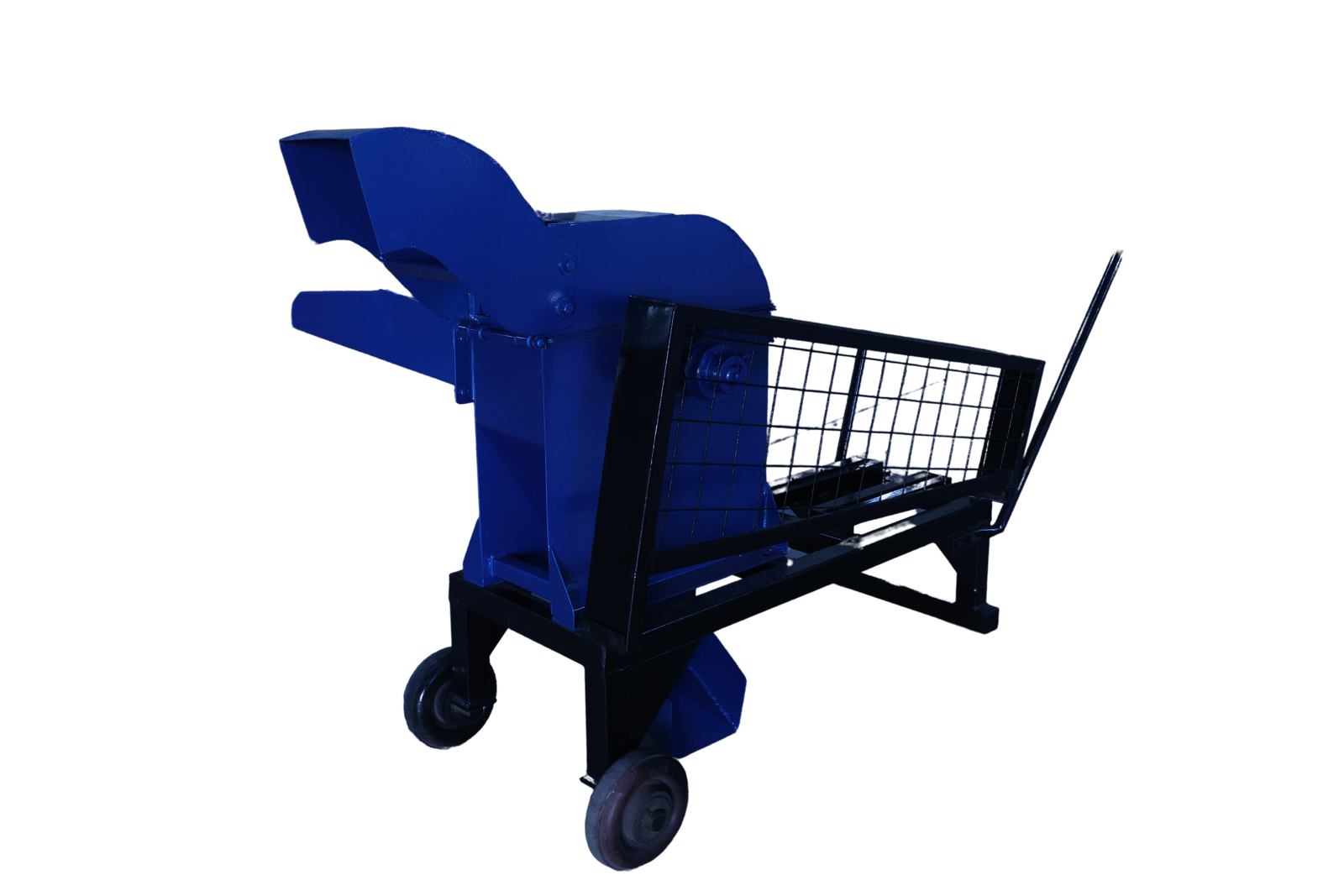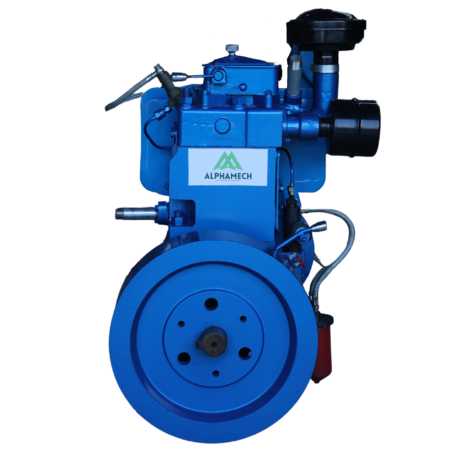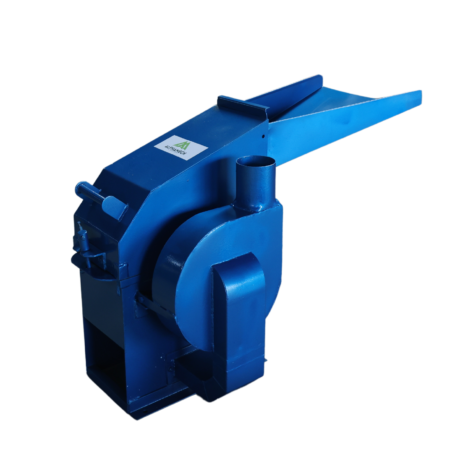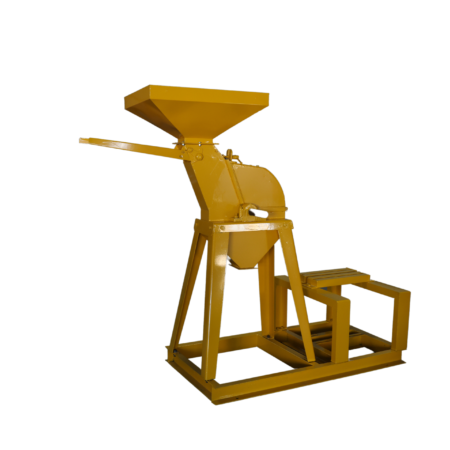Description
Introduction to Complete Milling Systems
Complete milling systems serve as pivotal components in various industrial applications, particularly in the processing of materials for production and manufacturing. These systems typically encompass a series of elements designed to work in harmony, ensuring efficient and effective milling operations. An understanding of the basic framework of these systems is essential for optimizing their performance and achieving the desired output.
A fundamental aspect of a complete milling system is its base frame, which provides the structural integrity and stability required during milling. The base frame must be both robust and designed for the specific milling tasks it intends to perform. Additionally, the base guard is an essential safety feature of the milling system, designed to protect operators and maintain a secure environment during operation. Proper installation and maintenance of both the base frame and base guard contribute significantly to operational efficiency and safety standards.
Another crucial element in the milling systems is the pulleys, which facilitate the translation of power from the motor to the milling components. These pulleys ensure that the rotational energy is effectively transferred, which in turn influences the speed and performance of the milling process. The selection of the right accessories, including pulleys, is vital, as they directly impact the operational capabilities and overall efficacy of the milling system.
Moreover, the integration of additional accessories tailored to specific milling requirements can further enhance performance and efficiency. These accessories provide flexibility in milling operations, enabling industries to achieve targeted particle sizes and textures based on their unique processing needs. Careful consideration of these various components and accessories in milling systems is, therefore, paramount in optimizing overall performance and delivering high-quality results in diverse applications.
Essential Accessories for Your Mill
The performance and longevity of a complete mill setup are significantly influenced by a range of essential accessories that enhance functionality, safety, and efficiency. Key components such as the base frame, base guard, pulleys, v-belts, and a standard tool kit play crucial roles in optimizing the milling process.
The base frame serves as the foundational structure of the mill, providing stability and support under varying operational conditions. Typically constructed from robust materials like steel or heavy-duty aluminum, it minimizes vibrations that could affect milling accuracy. A solid base frame contributes to the overall safety of the milling process by ensuring the mill remains securely anchored during operation.
Complementing the base frame is the base guard, which is a critical safety feature designed to protect users from unforeseen hazards. It helps prevent accidental contact with moving parts, thereby reducing the risk of injury. High-quality guards are usually made from durable materials that can withstand wear and tear, showcasing the importance of investing in components that prioritize operator safety.
Pulleys are essential for transferring power from the engine to the mill itself. Available in various sizes to suit different milling applications, these components must be made from strong, durable materials to ensure optimal performance without slippage. Properly sized pulleys facilitate smooth operation and improve the overall efficiency of the mill.
V-belts, which connect the pulleys, are critical for maintaining tension and ensuring uninterrupted power transmission between the components. Quality v-belts can significantly reduce energy loss during operation, making them an integral component of any mill setup. Regular maintenance and timely replacement of worn v-belts ensure the mill operates at peak efficiency.
Lastly, a standard tool kit is indispensable for performing routine maintenance and adjustments. It typically includes tools for alignment, tightening, and other mechanical needs, allowing for quick resolution of issues that may arise during milling operations. Investing in high-quality tools ensures that the mill remains in top working condition, minimizing downtime and maximizing productivity.
Vibration-Free Operation: Importance and Implementation
In the milling industry, the significance of vibration-free operation cannot be overstated. Vibration during milling operations can adversely affect not only the equipment’s longevity but also the quality of the end product. Excessive vibration leads to accelerated wear and tear on machinery, which can result in costly repairs and downtime. Moreover, it can create inconsistencies in the milling process, leading to variations in product quality that may affect customer satisfaction and brand reputation.
To ensure a perfectly balanced operation with 0% vibration, modern mills are equipped with advanced features designed to minimize any unwanted movement. One of the critical components in achieving this equilibrium is the use of processed steel fixed hammers. These hammers provide a robust structure that mitigates the impact of vibrations during operation. Additionally, computerized balancing of the rotor plays an essential role in achieving vibration-free performance. This system employs advanced sensors and technology to dynamically balance the rotor in real-time, thus reducing operational vibrations to an absolute minimum.
Maintaining a vibration-free environment in milling processes not only enhances the performance and operational life of the milling equipment but also results in increased efficiency and product consistency. By eliminating vibrations, mills can operate at optimal settings, leading to a streamlined process that enhances productivity. Furthermore, a stable operating environment contributes to worker safety, as excessive vibrations can lead to unsafe working conditions. Therefore, investing in vibration-reducing technologies and maintaining proper machinery is crucial for any milling operation aiming for success and sustainability in today’s competitive market.
Recommended Prime Mover: Choosing the Right Engine
When selecting a prime mover for a complete mill, the choice of engine is crucial for achieving optimal performance. One recommended option is the MECH 3.5 h.p. single cylinder engine, which operates efficiently at 1500 rpm. This engine is noteworthy for its power output, delivering sufficient torque to handle a variety of milling tasks effectively. With its 3.5 horsepower, it is well-suited for applications that require precision and efficiency, making it a versatile choice for milling operations.
Another significant advantage of the MECH engine is its fuel efficiency. The design of this single-cylinder engine allows for lower fuel consumption while maintaining the necessary power for milling. This characteristic is particularly beneficial for users looking to minimize operating costs while maximizing productivity. In addition, its reliability makes it a preferred choice among those who require consistent performance over extended periods.
When choosing the right prime mover, it is essential to consider the specific requirements of the milling operation. Factors such as the type of material being milled, the desired production capacity, and the operational environment should influence the decision. The MECH 3.5 h.p. engine is compatible with a range of milling tasks, and its straightforward installation process allows for seamless integration into existing setups.
Furthermore, maintenance and support for the MECH engine are readily available, contributing to its appeal among mill operators. By prioritizing these considerations, users can ensure they select an engine that meets their operational needs while delivering optimal performance. Overall, the MECH 3.5 h.p. single cylinder engine at 1500 rpm provides an excellent balance of power, efficiency, and adaptability, making it a strong candidate for those seeking a reliable prime mover for milling processes.
Conclusion: Optimizing Your Milling Process
In the realm of milling operations, the importance of selecting the right accessories cannot be overstated. Each component plays a pivotal role in ensuring that the milling process is not only efficient but also yields the desired output quality. Throughout this blog post, we have explored several essential accessories that contribute to optimal milling performance—from spray systems to milling attachments—each serving a specific function that enhances operational reliability.
The meticulous integration of these accessories into your milling system enables a seamless workflow. For instance, employing advanced cutting tools ensures precision and reduces wear, which translates to increased productivity. Moreover, the incorporation of clever monitoring devices is essential for maintaining quality control and minimizing downtime, which are critical factors in high-stakes milling operations.
With the right focus on each accessory, manufacturers can enhance the overall milling performance. As each accessory interacts with the core milling machine, understanding their functionality and relationship is crucial. Therefore, it is highly advisable for operators and engineers alike to evaluate their existing systems critically. By focusing on the discussed components, one can optimize the milling process and achieve significant improvements in both output quality and operational efficiency.
In conclusion, investing in the right milling accessories is integral to achieving efficiency and productivity in milling operations. The advantages offered by these components can lead to enhanced performance and reliability in your milling systems. It is worth taking the time to analyze and implement these suggestions for a successful milling process.






